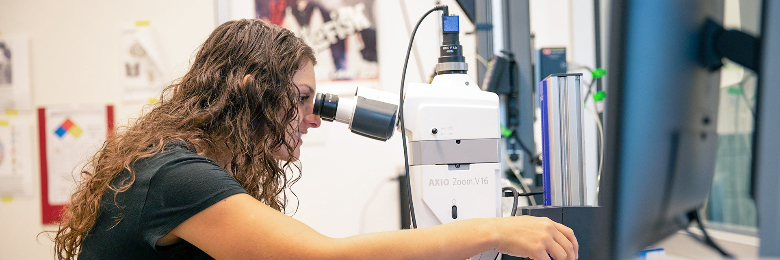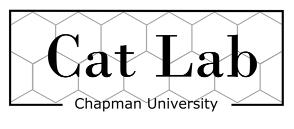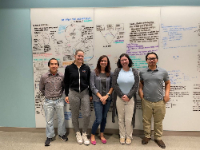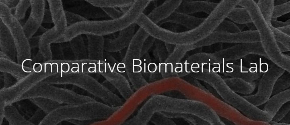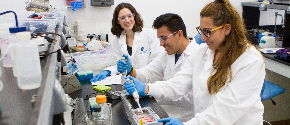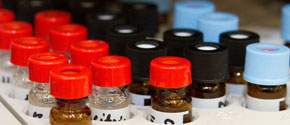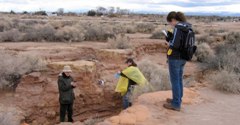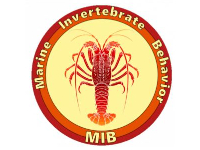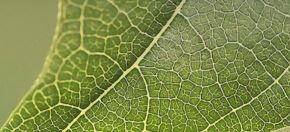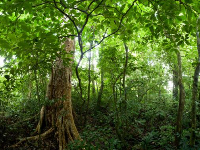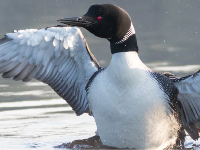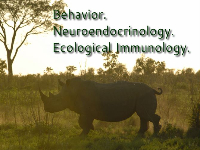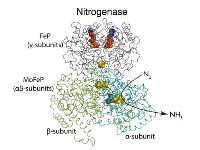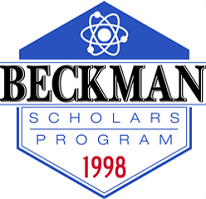Faculty in the Schmid College of Science and Technology conduct high-quality research and run several research labs that not only produce excellent research, but also actively involve students in the research process as early as their freshman year. Our students can receive first-hand experience in funded research projects of societal importance, have the chance to co-author papers in national recognized journals, or present at national conferences. Our faculty understand the importance of outside funding to support their research and teaching efforts and take pride in the awards they receive.
Students interested in conducting research in any of the following laboratories or centers are encouraged to reach out to the faculty member listed.
